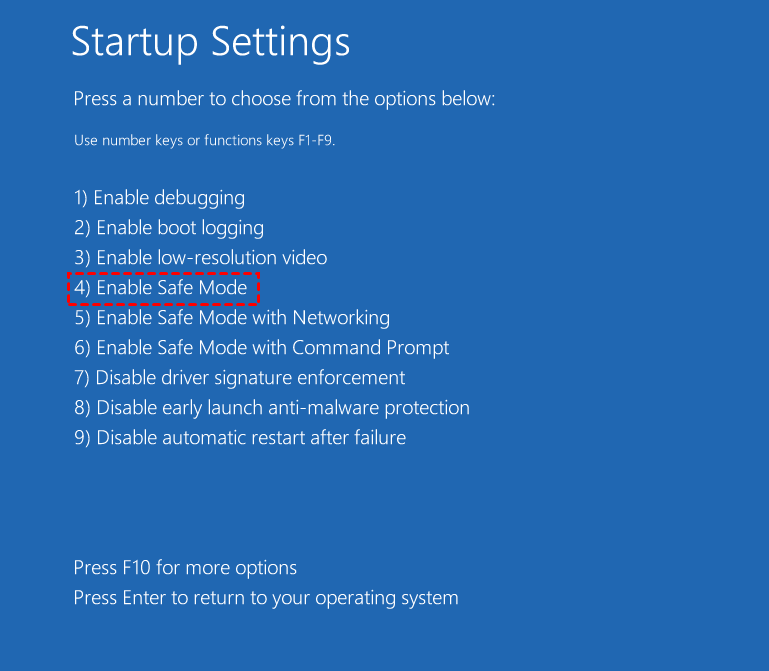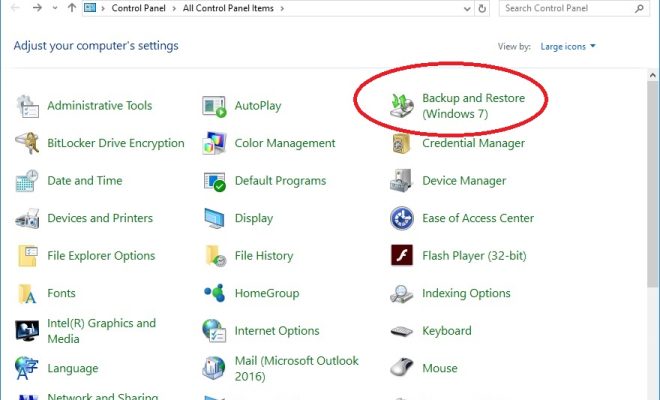

But, it is your choice, whether you want to use a third-party tool or not. So, third-party tools give some extra features. But, with a third-party tool, you can create shortcut keys with any keys like Windows key + N, Windows Key + M, Ctrl + H, Windows Key + CTRL + N etc. You can set shortcut keys with CTRL + ALT + Other_Key.

In Windows 10, for custom hotkey, you need to press 3 keys. Because Windows 10 provides this option itself.
#Edit windows 10 keyboard shortcuts install
But, if you want to create hotkeys to launch software or apps then, You don’t need to install any third-party software to do this. With third-party tools, you can create shortcut keys to launch the applications/software, open the folder, open a document, control or resize the windows etc. These tools and software’s provides some extra options and features to create custom hotkeys. There are many third-party tools available to do this. It saves a lot of time because you can open a software/app within seconds. So, you can set custom shortcut keys for your favorite or frequently used software/app. With this feature, you can access or open any app and software faster. But, Windows 10 also give the option to create your own custom keyboard shortcuts for any Software and apps.

Microsoft added many new keyboard shortcuts in Windows 10 for its new functions and features. So, Windows 10 is also rich in Keyboard shortcuts. Because you can perform many tasks faster. Nearly 400,000 subscribers received the newsletter complete with a handwritten tip every day.How To Create Custom Windows 10 Keyboard Shortcuts: In every operating system, Keyboard shortcuts play the vital role. He gave advice on dark web scans on Miami's NBC 6, discussed Windows XP's demise on WGN-TV's Midday News in Chicago, and shared his CES experiences on WJR-AM's Guy Gordon Show in Detroit.Ĭhris also ran MakeUseOf's email newsletter for two years.
#Edit windows 10 keyboard shortcuts tv
In addition to his extensive writing experience, Chris has been interviewed as a technology expert on TV news and radio shows.

The company's project was later reportedly shut down by the U.S. A wave of negative publicity ensued, with coverage on BuzzFeed News, CNBC, the BBC, and TechCrunch. At CES 2018, he broke the news about Kodak's "KashMiner" Bitcoin mining scheme with a viral tweet. Starting in 2015, Chris attended the Computer Electronics Show (CES) in Las Vegas for five years running. His work has even appeared on the front page of Reddit.Īrticles he's written have been used as a source for everything from books like Team Human by Douglas Rushkoff, media theory professor at the City University of New York's Queens College and CNN contributor, to university textbooks and even late-night TV shows like Comedy Central's with Chris Hardwick. His roundups of new features in Windows 10 updates have been called "the most detailed, useful Windows version previews of anyone on the web" and covered by prominent Windows journalists like Paul Thurrott and Mary Jo Foley on TWiT's Windows Weekly. Instructional tutorials he's written have been linked to by organizations like The New York Times, Wirecutter, Lifehacker, the BBC, CNET, Ars Technica, and John Gruber's Daring Fireball. The news he's broken has been covered by outlets like the BBC, The Verge, Slate, Gizmodo, Engadget, TechCrunch, Digital Trends, ZDNet, The Next Web, and Techmeme. Beyond the column, he wrote about everything from Windows to tech travel tips. He founded PCWorld's "World Beyond Windows" column, which covered the latest developments in open-source operating systems like Linux and Chrome OS. He also wrote the USA's most-saved article of 2021, according to Pocket.Ĭhris was a PCWorld columnist for two years. Beyond the web, his work has appeared in the print edition of The New York Times (September 9, 2019) and in PCWorld's print magazines, specifically in the August 2013 and July 2013 editions, where his story was on the cover. With over a decade of writing experience in the field of technology, Chris has written for a variety of publications including The New York Times, Reader's Digest, IDG's PCWorld, Digital Trends, and MakeUseOf. Chris has personally written over 2,000 articles that have been read more than one billion times-and that's just here at How-To Geek. Chris Hoffman is the former Editor-in-Chief of How-To Geek.


 0 kommentar(er)
0 kommentar(er)
